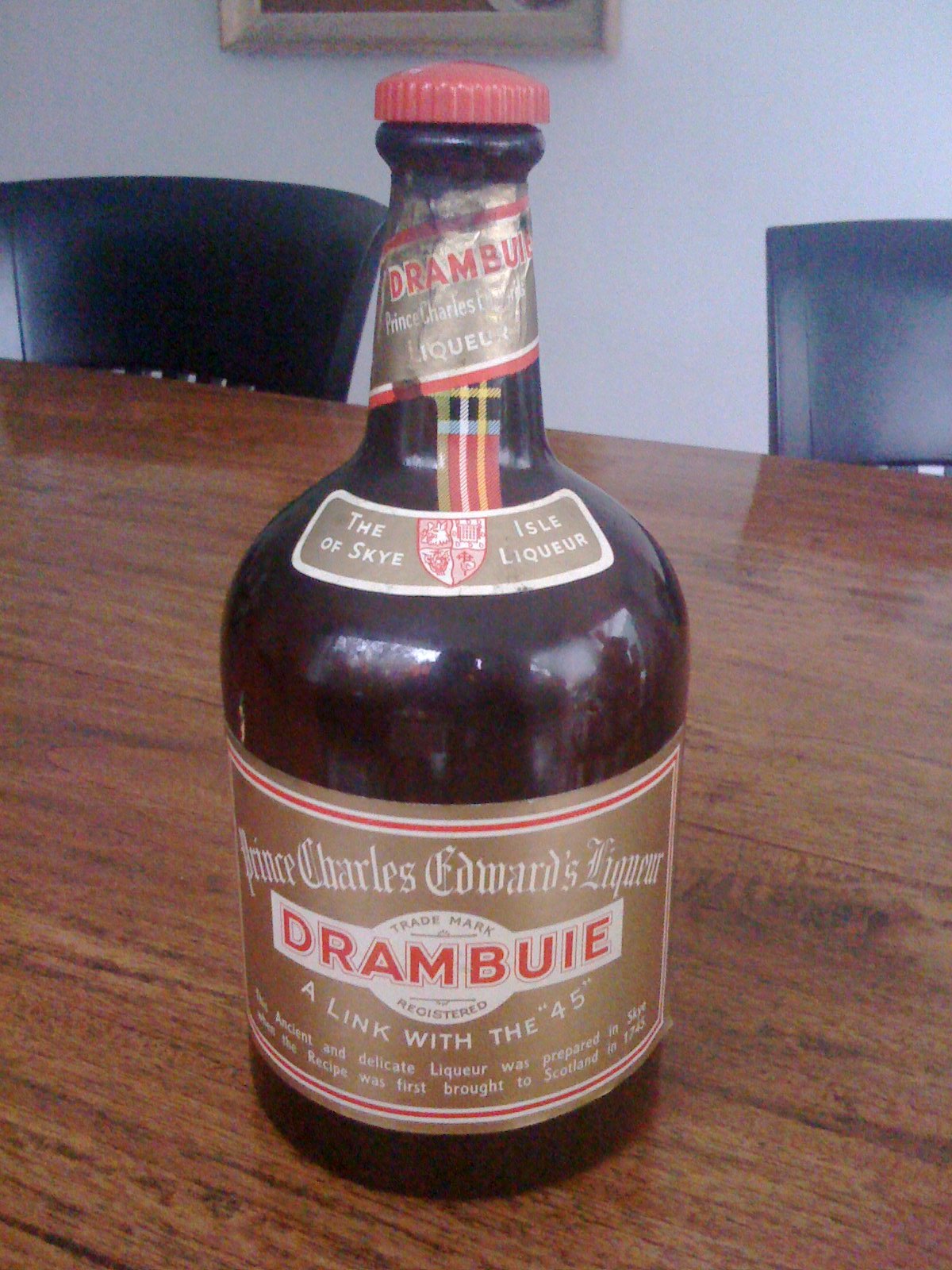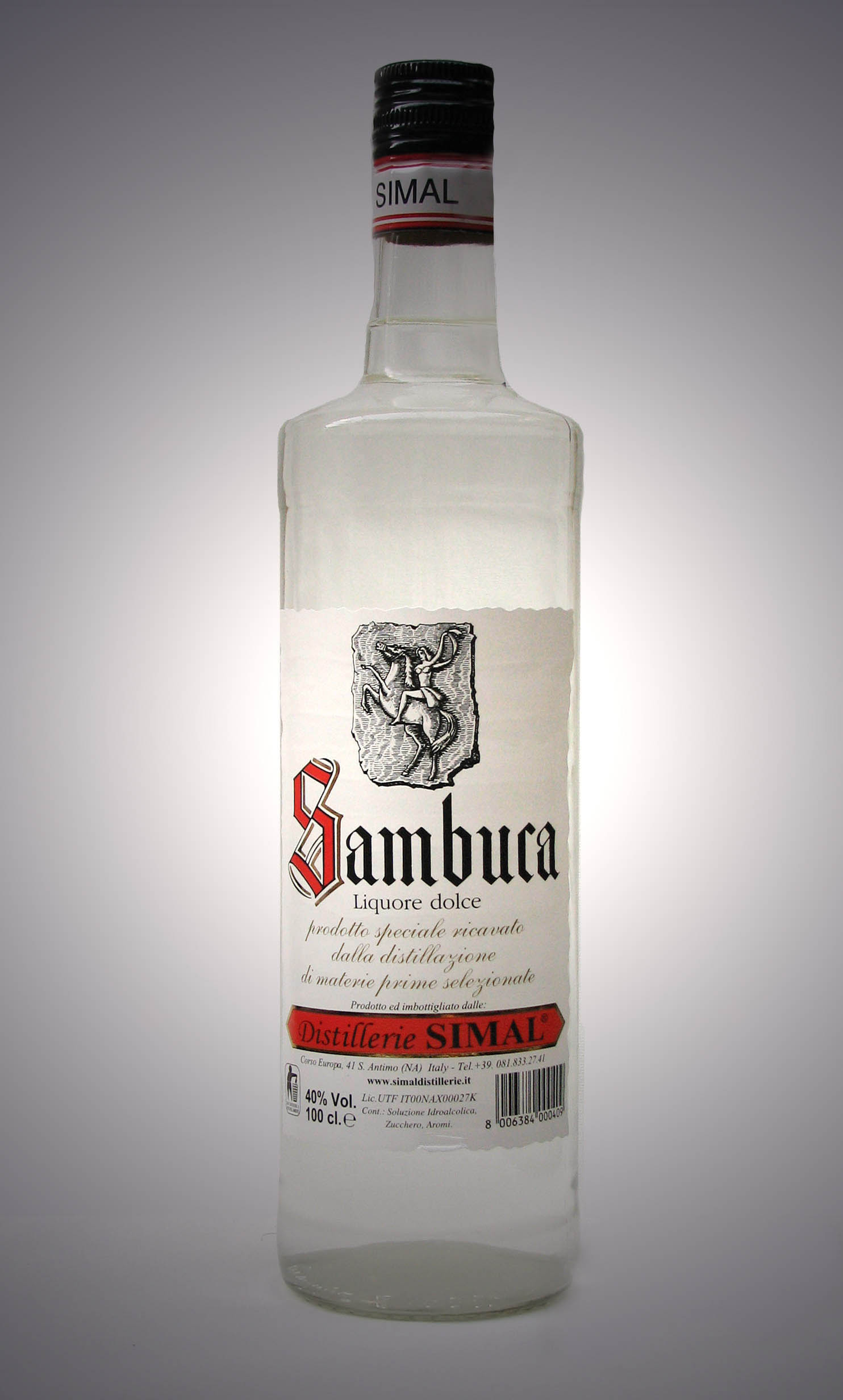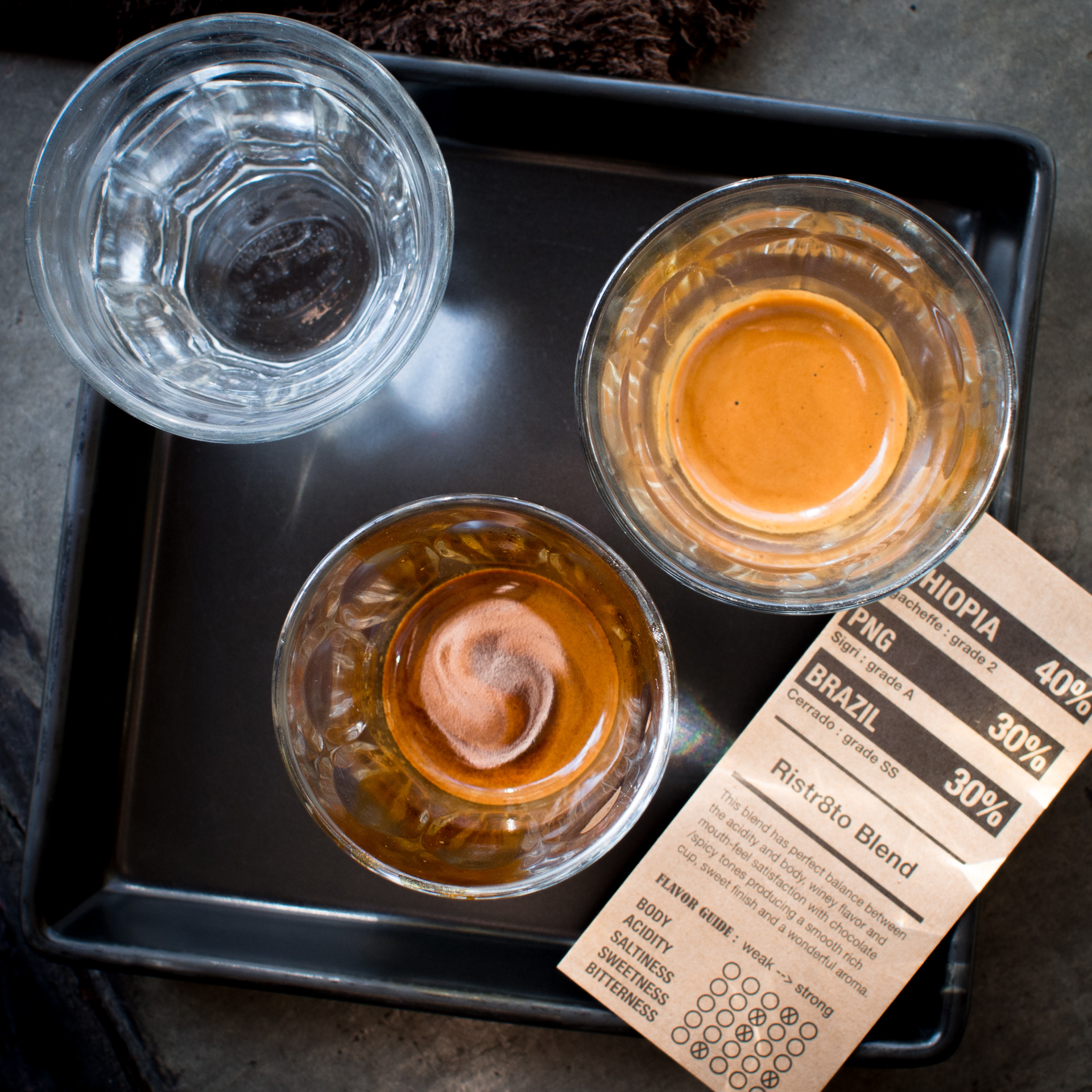|
Liqueur Coffee
A liqueur coffee is a caffeinated alcoholic drink that consists of a shot of liqueur, mixed with coffee. It is typically served in a liqueur glass, often accompanied with cream and sugar. Coffee liqueur beverages are served in different fashions and can be found throughout many countries. One of the most popular liqueur coffee beverage is commonly known as ''Irish coffee''. Liqueur coffee beverages are largely classified as cocktails as well as digestifs which are aimed at aiding the digestive process typically after a meal. Liqueur used in coffee A liqueur is an alcoholic drink with syrup qualities containing additives that sweeten and flavor the beverage. There is a category of liqueur called coffee liqueur that was first produced in the 16th century. Throughout the years, coffee liqueurs have been made with a variety of additives and types of alcohol, although it generally has a rum base with coffee and vanilla flavorings. Some of its core ingredients include roasted co ... [...More Info...] [...Related Items...] OR: [Wikipedia] [Google] [Baidu] |
Irish Coffee
Irish coffee ( ga, caife Gaelach) is a caffeinated alcoholic drink consisting of Irish whiskey, hot coffee and sugar, which has been stirred and topped with cream (sometimes cream liqueur). The coffee is drunk through the cream. Origin Different variations of coffee cocktails pre-date the now-classic Irish coffee by at least 100 years. From the mid-19th century, the ''Pharisäer'' and the ''Fiaker'' were served in Viennese coffee houses; both were coffee cocktails served in glass, topped with whipped cream. The former was also known in northern Germany and Denmark around that time. Around 1900, the coffee cocktail menu in the Viennese cafés also included ''Kaisermelange'', ''Maria Theresia'', ''Biedermeier-Kaffee'' and a handful of other variations on the theme. In 19th-century France, a mixture of coffee and spirits was called a ''gloria''. * "" (Balzac, ''Le Père Goriot'', 1834, I.) * "" (Flaubert, ''Madame Bovary'', 1857.) Several places claim to have developed the moder ... [...More Info...] [...Related Items...] OR: [Wikipedia] [Google] [Baidu] |
Armagnac (brandy)
Armagnac (, ) is a distinctive kind of brandy produced in the Armagnac region in Gascony, southwest France. It is distilled from wine usually made from a blend of grapes including Baco 22A, Colombard, Folle blanche and Ugni blanc, traditionally using column stills rather than the pot stills used in the production of cognac, which is made predominantly from ugni blanc grapes. The resulting spirit is then aged in oak barrels before release. Production is overseen by the Institut national de l'origine et de la qualité (INAO) and the Bureau National Interprofessionel de l'Armagnac (BNIA). Armagnac was one of the first areas in France to begin distilling spirits, but the overall volume of production is far smaller than cognac production and therefore is less known outside Europe. In addition, it is for the most part made and sold by small producers, whereas cognac production is dominated by big-name brands, especially Courvoisier (owned by Beam Suntory), Hennessy ( LVMH), Mar ... [...More Info...] [...Related Items...] OR: [Wikipedia] [Google] [Baidu] |
Normandy
Normandy (; french: link=no, Normandie ; nrf, Normaundie, Nouormandie ; from Old French , plural of ''Normant'', originally from the word for "northman" in several Scandinavian languages) is a geographical and cultural region in Northwestern Europe, roughly coextensive with the historical Duchy of Normandy. Normandy comprises mainland Normandy (a part of France) and the Channel Islands (mostly the British Crown Dependencies). It covers . Its population is 3,499,280. The inhabitants of Normandy are known as Normans, and the region is the historic homeland of the Norman language. Large settlements include Rouen, Caen, Le Havre and Cherbourg. The cultural region of Normandy is roughly similar to the historical Duchy of Normandy, which includes small areas now part of the departments of Mayenne and Sarthe. The Channel Islands (French: ''Îles Anglo-Normandes'') are also historically part of Normandy; they cover and comprise two bailiwicks: Guernsey and Jersey, which are B ... [...More Info...] [...Related Items...] OR: [Wikipedia] [Google] [Baidu] |
Flanders
Flanders (, ; Dutch: ''Vlaanderen'' ) is the Flemish-speaking northern portion of Belgium and one of the communities, regions and language areas of Belgium. However, there are several overlapping definitions, including ones related to culture, language, politics, and history, and sometimes involving neighbouring countries. The demonym associated with Flanders is Fleming, while the corresponding adjective is Flemish. The official capital of Flanders is the City of Brussels, although the Brussels-Capital Region that includes it has an independent regional government. The powers of the government of Flanders consist, among others, of economic affairs in the Flemish Region and the community aspects of Flanders life in Brussels, such as Flemish culture and education. Geographically, Flanders is mainly flat, and has a small section of coast on the North Sea. It borders the French department of Nord to the south-west near the coast, the Dutch provinces of Zeeland, North Brabant an ... [...More Info...] [...Related Items...] OR: [Wikipedia] [Google] [Baidu] |
Scotch Whisky
Scotch whisky (; sco, Scots whisky/whiskie, whusk(e)y; often simply called whisky or Scotch) is malt whisky or grain whisky (or a blend of the two), made in Scotland. All Scotch whisky was originally made from malted barley. Commercial distilleries began introducing whisky made from wheat and rye in the late 18th century. , there were 141 whisky distilleries operating in Scotland. All Scotch whisky must be aged immediately after distillation in oak barrels for at least three years. Any age statement on a bottle of Scotch whisky, expressed in numerical form, must reflect the age of the youngest whisky used to produce that product. A whisky with an age statement is known as guaranteed-age whisky. A whisky without an age statement is known as a no age statement (NAS) whisky, the only guarantee being that all whisky contained in that bottle is at least three years old. The minimum bottling strength according to the regulation is 40% alcohol by volume. Scotch whisky is divided in ... [...More Info...] [...Related Items...] OR: [Wikipedia] [Google] [Baidu] |
Drambuie
Drambuie is a golden-coloured, 40% ABV liqueur made from Scotch whisky, heather honey, herbs and spices. The brand was owned by the MacKinnon family for 100 years, and was bought by William Grant & Sons in 2014. Etymology The name "Drambuie" possibly derives from the Scottish Gaelic phrase ''an dram buidheach'', "the drink that satisfies", a claim made by the original manufacturers of the drink. History Legend After the Battle of Culloden in 1746, Prince Charles Edward Stuart fled to the isle of Skye. There he was given sanctuary by Captain John MacKinnon of Clan MacKinnon. According to family legend, after staying with the captain, the prince rewarded him with this prized drink recipe. This version of events is disputed by historians who believe it to be a story concocted to boost sales of the drink. The legend holds that the recipe, which at that time had no known name, was given by Clan MacKinnon to John Ross in the late 19th century. James Ross, his son and a local busi ... [...More Info...] [...Related Items...] OR: [Wikipedia] [Google] [Baidu] |
Schnapps
Schnapps ( or ) or schnaps is a type of alcoholic beverage that may take several forms, including distilled fruit brandies, herbal liqueurs, infusions, and "flavored liqueurs" made by adding fruit syrups, spices, or artificial flavorings to neutral grain spirits. The English loanword "schnapps" is derived from the colloquial German word ''Schnaps'' (plural: ''Schnäpse''), which is used in reference to spirit drinks. The word ''Schnaps'' stems from Low German and is related to the German term "''schnappen''", meaning "snap", which refers to the spirit usually being consumed in a quick slug from a small glass (i.e., a shot glass). European The German term ''Schnaps'' refers to "any kind of strong, dry spirit", similar to how ''eau de vie'' (water of life) is used in French, ''aguardiente'' (burning water) in Spanish, or ''aguardente'' Portuguese. ''Obstler'' ''Obstler'', or ''Obstbrand'' (from the German ''Obst'', fruit), are a traditional type of schnaps made by fermentin ... [...More Info...] [...Related Items...] OR: [Wikipedia] [Google] [Baidu] |
Karsk
Karsk (also called Kask) is a Swedish and Norwegian cocktail (from the Trøndelag region) containing coffee together with moonshine and sometimes a spoon of sugar (enthusiasts often consider moonshine exclusively to be appropriate as an added component, as it has no inherent taste like other alcoholic beverages). Broader, it can also be found in other parts of Scandinavia. Etymology The word ''Karsk'' is derived from the Old Norse adjective , meaning healthy, vigorous or agile. Origin The precise origin of Karsk is unknown, however it appears to have been a popular drink in the Swedish Bohuslän district in the early 1800s. By the latter half of the century, its popularity spread across Norway. It was and still is especially popular in rural areas, although city-folk also enjoy it. It is firmly embedded as a part of the culture in Trøndelag, and according to former Norwegian Minister of Karsk Trond Giske "Everyone who has grown up in Trøndelag, has had Karsk at some point". ... [...More Info...] [...Related Items...] OR: [Wikipedia] [Google] [Baidu] |
Sambuca
Sambuca () is an Italian anise-flavoured, usually colourless, liqueur. Its most common variety is often referred to as ''white sambuca'' to differentiate it from other varieties that are deep blue (''black sambuca'') or bright red (''red sambuca''). Like other anise-flavoured liqueurs, the ouzo effect is sometimes observed when combined with water. Ingredients Sambuca is flavoured with essential oils obtained from star anise, or less commonly, green anise. Other spices such as elderflower, liquorice and others may be included but are not required as per the legal definition. It is bottled at a minimum of 38% alcohol by volume. The oils are added to pure alcohol, a concentrated solution of sugar, and other flavourings. History The term comes from the Latin word ''sambucus'', meaning "elderberry". The word ''sambuca'' was first used as the name of another elderberry liquor that was created in Civitavecchia around 1850 by Luigi Manzi. Serving Sambuca may be served neat. It may a ... [...More Info...] [...Related Items...] OR: [Wikipedia] [Google] [Baidu] |
Grappa
Grappa is an alcoholic beverage: a fragrant, grape-based pomace brandy of Italian origin that contains 35 to 60 percent alcohol by volume (70 to 120 US proof). Grappa is made by distilling the skins, pulp, seeds, and stems (i.e., the pomace) left over from winemaking after pressing the grapes. It was originally made to prevent waste by using these leftovers. A similar drink, known as ''acquavite d'uva'', is made by distilling whole must. Grappa is now a protected name in the European Union. To be called grappa, the following criteria must be met: # Produced in Italy, or in the Italian part of Switzerland, or in San Marino # Produced from pomace # Fermentation and distillation must occur on the pomace—no added water Criterion 2 rules out the direct fermentation of pure grape juice, which is the method used to produce brandy. Criterion 3 has two important implications. First, the distillation must occur on solids. Thus, it is carried out not with a direct flame but ... [...More Info...] [...Related Items...] OR: [Wikipedia] [Google] [Baidu] |
Vodka
Vodka ( pl, wódka , russian: водка , sv, vodka ) is a clear distilled alcoholic beverage. Different varieties originated in Poland, Russia, and Sweden. Vodka is composed mainly of water and ethanol but sometimes with traces of impurities and flavourings. Traditionally, it is made by distilling liquid from fermented cereal grains, and potatoes since introduced in Europe in the 1700's. Some modern brands use fruits, honey, or maple sap as the base. Since the 1890s, standard vodkas have been 40% alcohol by volume (ABV) (80 U.S. proof). The European Union has established a minimum alcohol content of 37.5% for vodka. Vodka in the United States must have a minimum alcohol content of 40%. Vodka is traditionally drunk "neat" (not mixed with water, ice, or other mixers), and it is often served ''freezer chilled'' in the vodka belt of Belarus, Estonia, Finland, Iceland, Latvia, Lithuania, Norway, Poland, Russia, Sweden, and Ukraine. It is also used in cocktails and mixed dri ... [...More Info...] [...Related Items...] OR: [Wikipedia] [Google] [Baidu] |
Ristretto
Ristretto () is a "short shot" (30 ml from a double basket) of a more highly concentrated espresso coffee. It is made with the same amount of ground coffee, but extracted with a finer grind (also in from 20 to 30 seconds) using half as much water. A normal short shot might ''look like'' a ristretto, but in reality, would only be a weaker, more diluted, shot. The opposite of a ''ristretto'' (which means in Italian, "shortened, narrow") is a lungo ("long"), which is a double shot. The French call a ristretto a ''café serré''. Regardless of whether one uses a hand pressed machine or an automatic, a regular double shot is generally considered to be around 14–18 grams of ground coffee extracted into 60 ml (2 fl oz or two shot glasses). Thus, a "double ristretto" consumes the same amount of coffee beans but fills only a single shot glass. Coffee contains over a thousand aromatic compounds. A ristretto's chemical composition and taste differ from those of a full-leng ... [...More Info...] [...Related Items...] OR: [Wikipedia] [Google] [Baidu] |







